Do you have an infected cartilage piercing? Do not ignore it. In October 2014, dailymail.co.uk reported a story on a student, Bianca Hart, who lost part of her ear i.e. “when £10 piercing becomes so badly infected her cartilage disintegrated.” This perhaps should help you know the need to treat an infected cartilage piercing immediately as well as the need to go to a professional piercer.
Generally, piercings on the upper part of the ear, the cartilage, are much more dangerous than earlobe piercings and they are prone to infections that are much harder to treat since they hardly respond to antibiotics.
Furthermore, there is a higher prevalence of infection on cartilage than earlobe i.e., there is a “22 percent infection rate for body piercing overall and a 34 percent infection rate for cartilage piercing,” according to ABC News.
Before we look at some signs, treatments including a case when you have a bump, let us first look at the causes of these infections.
My cartilage piercing is infected, what caused it?
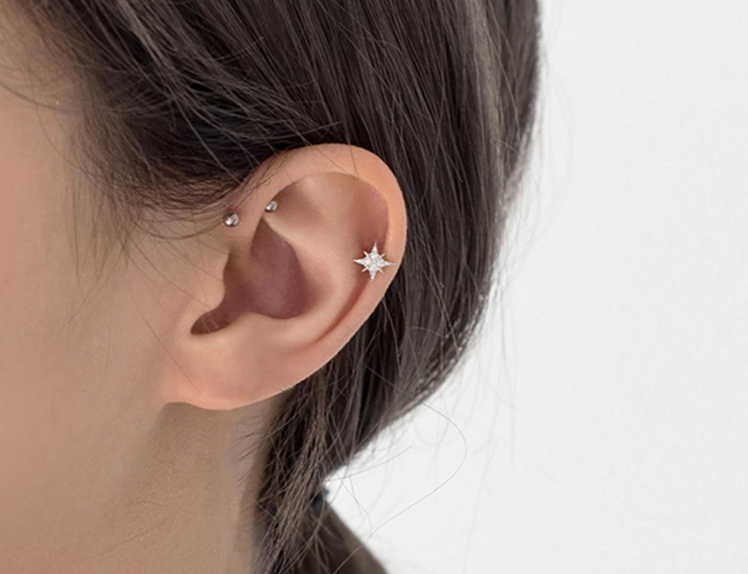
Infections on any body piercings often come as a result that related to the piercing process and care given to the piercing. Some of the common causes of ear cartilage piercing infection include the following:
1. Poor and unhygienic procedures
The first and most common cause of infections is the use of unsterilized equipment and poor procedures i.e. unsterilized needle, gun and other equipment. There has been reports of “cluster of infections caused by the Pseudomonas aeruginosa bacteria” in Oregon, US. This bacterial infection have been attributed to the piercing “kiosk using poor procedures that led to multiple people getting infected at the same time” [webmd.com].
2. Inexpensive and wrong jewelry
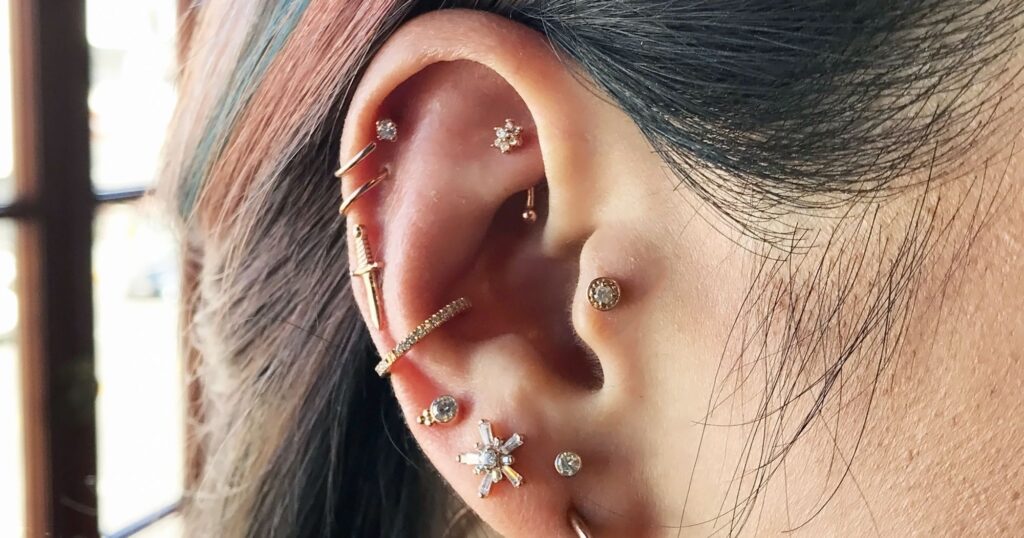
Secondly, some people suffer from allergic reaction that often lead to more serious infection due to the use of wrong jewelry. Nickel for instance has been noted to cause allergic reaction to many people. Ensure you only use jewelry made from stainless steel, gold or titanium. Furthermore, avoid going for a post that is too tight or loose.
3. Poor personal hygiene and aftercare
A third cause of infected pierced ear cartilage is poor personal hygiene during the healing process or even years after. Ensure you follow the aftercare routine and never touch your piercing with dirty hands.
Furthermore, tie your hair nicely to ensure it does not touch your piercing for the first few days after you have been pierced and do not let other people touch your piercing either. Your pillow and bed sheets should also be changed and sterilized each day.
Other cause of cartilage ear piercing infection include
- Physical injuries especially when wearing a jewelry, partying, sporting etc.
- Over cleaning of the piercing
- Avoid using a piercing gun as it distorts your cartilage and increase changes of you getting a bump behind your year.
Do not be surprised if you have infected cartilage piercing an after year or months of it completely healing. It happens especially if you are fond of touching or fondling the piercing.
Signs of infected cartilage piercing

Scared by the risks of piercings on your ear cartilage, you might be wondering how you would know if your cartilage piercing is infected so as to be treated as early as possible. It is simple. Just look at some of the common cartilage piercing infection symptoms that will never miss. Some of the common signs and symptoms include the following:
- Tenderness and pain on your cartilage
- Redness of the skin around the piercing that lasts more than a few days in case of a new piercing.
- Discharges from the piercing site on your cartilage that might include pus that might be green or yellowish in color.
- The area around the piercing site feels hot
- The color around the piercing site changes its color
- Fever in severe cases, especially if you have been infected by Pseudomonas aeruginosa that cause Perichondritis.
- Prolonged bleeding on your piercing.
- Crust formation and scabbing
There are not the only sings of an infected cartilage piercing. There could be others depending on the cause of your infection.
How to treat an infected cartilage piercing, heal, fix, what to do, treatments
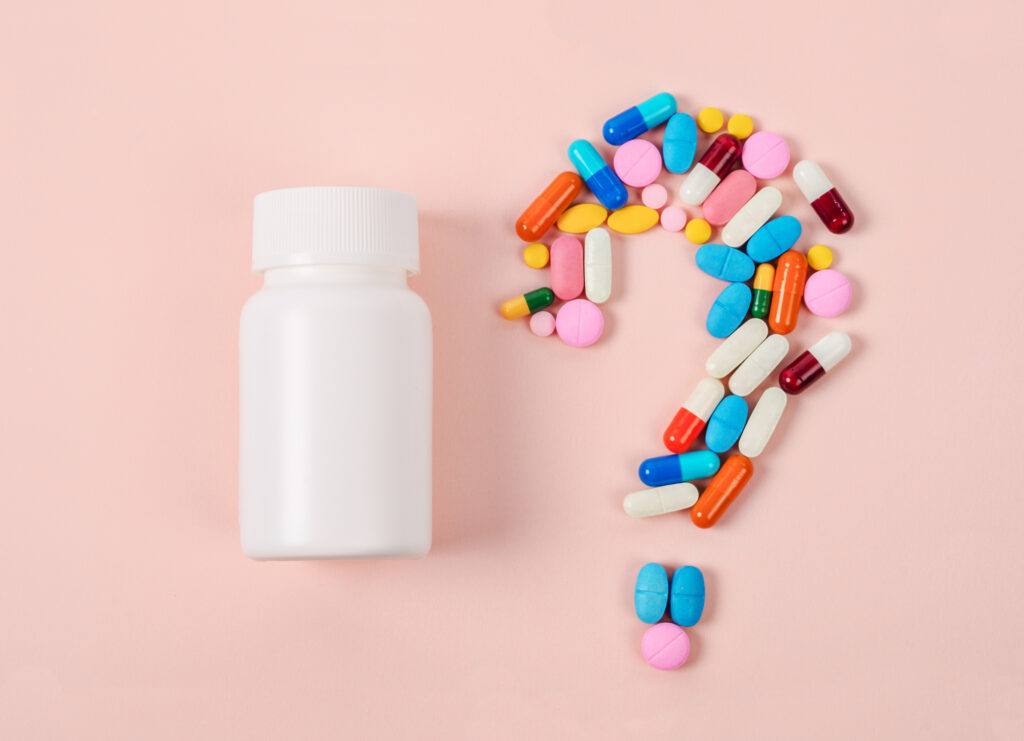
With a clear knowledge on causes and symptoms of an infected pierced cartilage, it is worthwhile looking at some of the ways on how to treat an infected cartilage piercing. These ways to fix a pierced cartilage will both be home remedies as well as the use of medications.
1. Use of strong antibiotics
The first way to treat cartilage piercing infection is by the use of antibiotics. This is commonly recommended when cellulitis occurs i.e. the word grows beyond the piercing site. A qualified medical practitioner must first verify that your infection is caused by bacteria.
Since the cartilage has very little blood supply, use of the ordinary prescribed antibiotics such as amoxicillin might not help. Get stronger prescriptions such as Cipro. However Cipro has not been approved for use by children.
2. Saline solution
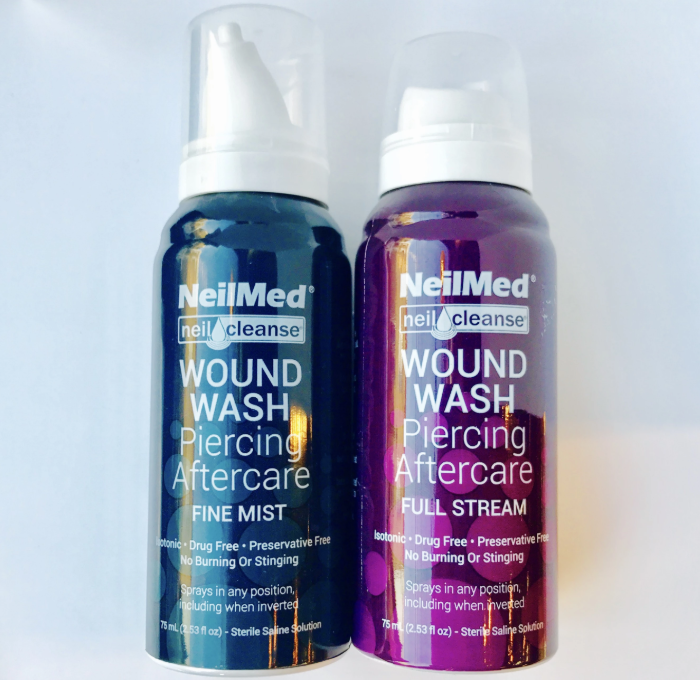
For mild infection, you might need to clean the piercing using saline solution. This is a natural way to heal an infected cartilage piercing which is often also used to care for the piercing during the healing process.
3. Warm compress
To encourage blood flow to the cartilage, go for warm compress preferably using mixture of water and sea salt.
As you continue with your infected cartilage piercing treatment, it is advisable you adhere to good nutrition, avoid alcohol and quit smoking. This will boost blood circulation and ensure you heal fast.
4. Anti-bacterial ointments
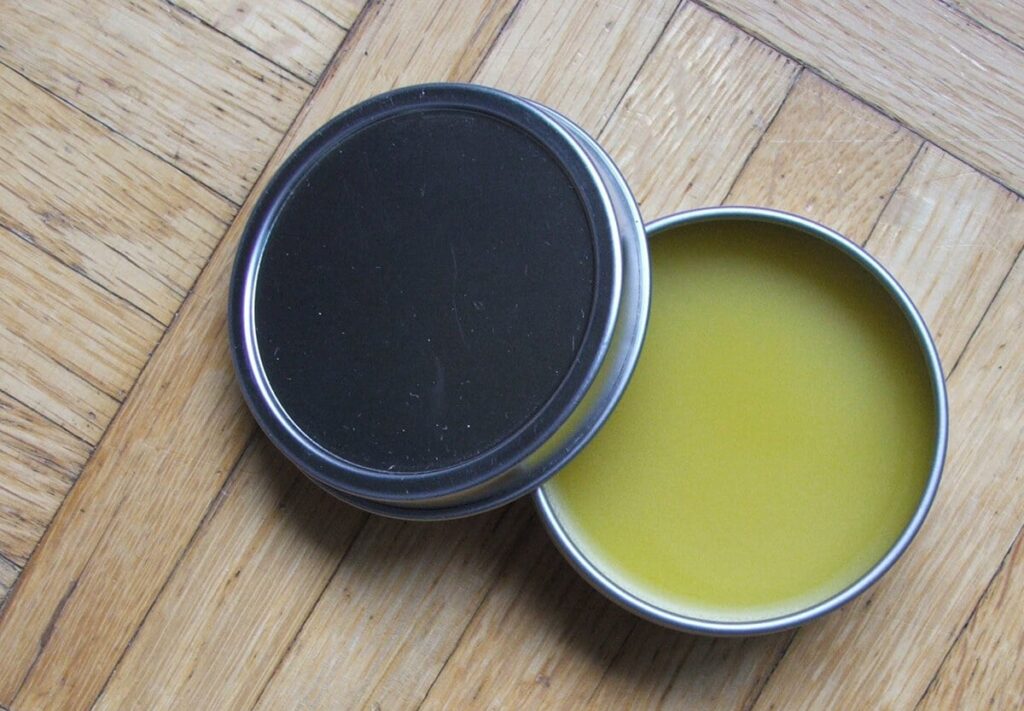
In case you want to use ointment, you need to seek for a doctor’s approval since ointments affect the draining process and this can slow down healing of your piercing. Some of the common ointments to go for include mupirocin ointment or chlorhexidine rinse
During the cleaning process, you might also use the piercing solution if your piercer provided you with any. Since they cause skin dryness, it is recommended not to use rubbing alcohol or hydrogen peroxide.
Should I remove the jewelry?
You are not supposed to remove your jewelry once you have an infection since it helps the piercing to drain. Removing a jewelry might make the pierced channel to close up or result to abscess characterized by “darkening and hardening of the surrounding tissue, swelling and pain” as the infection is trapped under the skin.
In case of a serious infection, see your doctor or professional piercer who might be in a position to recommend whether you can remove the jewelry or not. Although very rare, sometimes the jewelry might be permanently removed if there is much destruction of the tissue around the piercing. This is likely to cause deformity of your ear.
Why are cartilage piercings riskier?

If your pierced cartilage gets infected, ensure you get it treated as soon as possible since according to nhs.uk, this piercing is “riskier than earlobe piercings. If the site becomes infected, you may develop a painful abscess. This is because the skin is close to the underlying cartilage and pus can become trapped.”
In case your cartilage has developed an abscess, you need to go for surgery to remove it since antibiotics might not be of much help. Such surgical procedures require removal of the affected cartilage. This is likely to deform your ears.
Other risks associated with piercing on the ear cartilages include
- Hypertonic scarring
- Boils
- Perichondritis
- Keloid formation
Infected cartilage piercing bump, bubble

Some people often develop cartilage piercing bumps on the back or from part of their ear cartilage. Some of the common symptoms that often accompany an infected cartilage bump include bleeding, pain, inflammation, fever, foul odor and pus oozing form the bump.
The formation of a bump can be as result of excessive collagen growth (a bump caused by a keloid), infection, use of gun during piercing process, or just a boil. If you have a bump on your piercing, some of the ways to treat it include the following:
1. Tea tree oil

This is perhaps the most effective way to get rid of a cartilage piercing bump. You need to use cotton ball in applying tea tree oil. It will not only fasten the healing process but also do away with the bump since it has anti-bacterial properties.
2. Aspirin
Crush aspirin, add a few drops of water, apply and leave it on the bump 2-3 times a day
3. Chamomile tea

Put a chamomile teabag in hot water and apply it on your bump until the teabag becomes cold. Do this for 10 to 15 minutes at least 2 times a day.
4. Sea salt soak
Mix a quarter teaspoon of salt to about 8 ounces of water. Use a cotton ball to apply the solution on your bump. Let the sea salt stay on your bump for about 15 minutes before you can rinse it off.
5. Lemon Juice

Add a few drops of fresh squeezed lemon juice to a small water bowl. Dip a cotton ball into the lemon juice and apply it on the bump. Lemon juice will help get rid of cartilage piercing bump.
How to clean an infected cartilage piercing?
Since cartilages are not supplied with a lot of blood, you expect your cartilage to take long to heal. The healing process must be coupled with proper care and hygiene. This part is going to discuss some of the ways on how to clean an infected cartilage piercing to facilitate quick healing.
The most recommended way to clean your piercing will be using saline solution (mixture of sea salt and warm water). Ensure you thoroughly clean the area, “removing debris; dead tissue, pus, dirt or other foreign material”. To make your own saline solution, take one teaspoon on pure sea salt (non-iodized) to a short glass of hot water.
Some people will recommend the use of an antibacterial soap in the cleaning process. This is alright unless you have a very sensitive skin.

